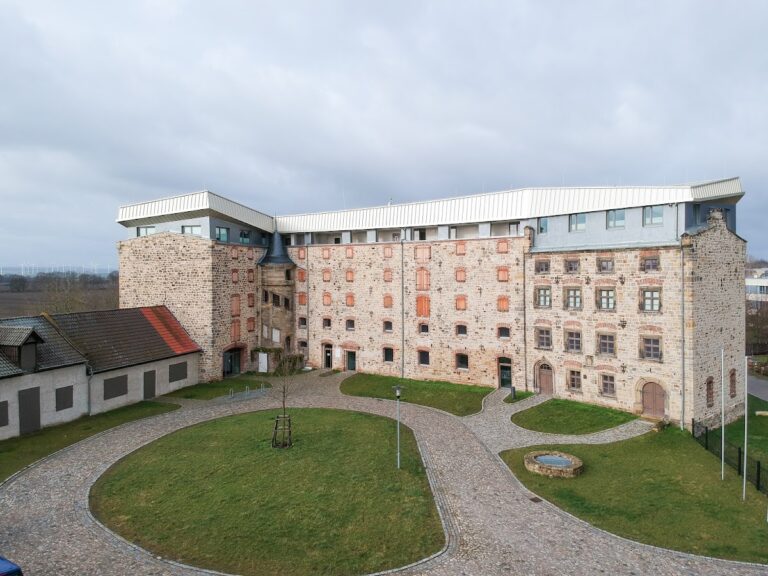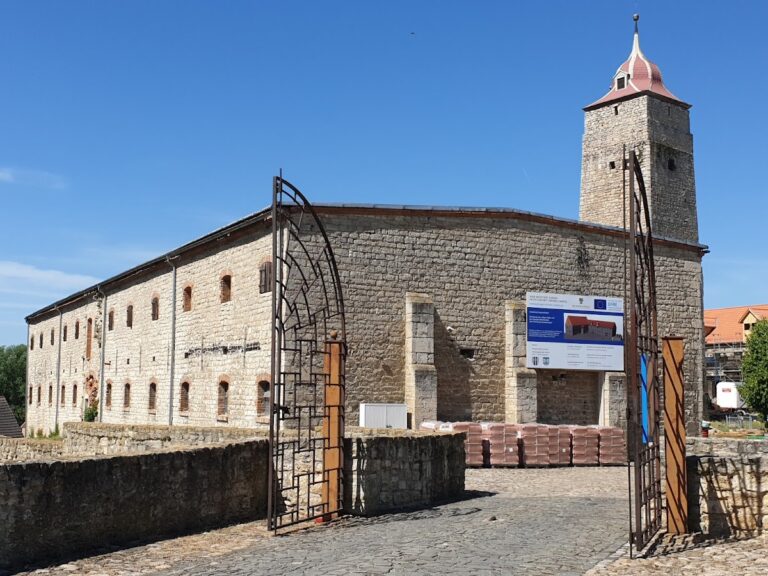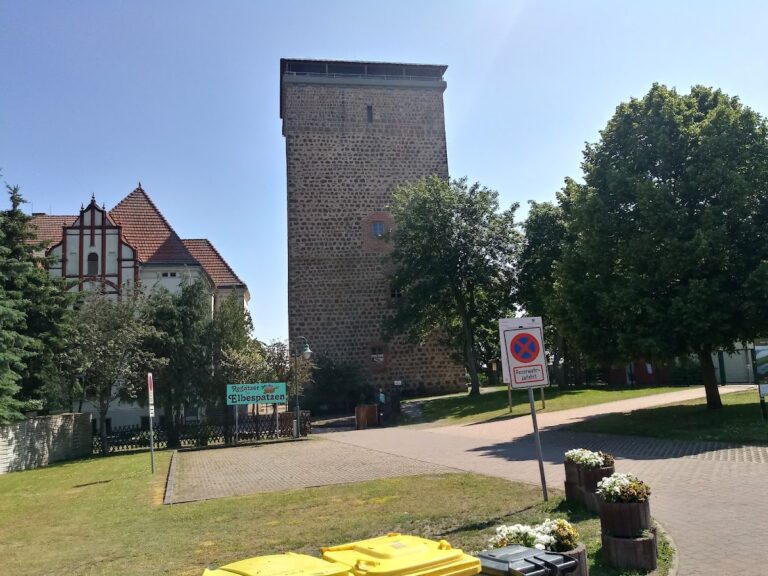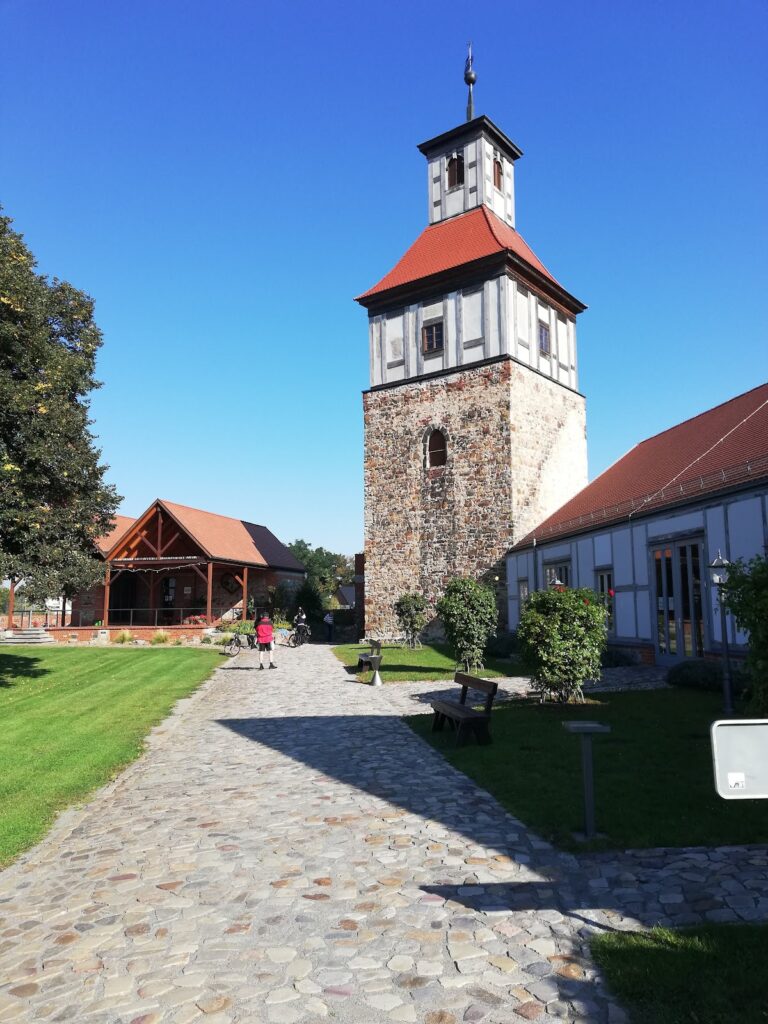Burg Wanzleben: A Historic Castle in Saxony-Anhalt, Germany
Visitor Information
Google Rating: 4.4
Popularity: Low
Google Maps: View on Google Maps
Official Website: www.burgwanzleben.com
Country: Germany
Civilization: Unclassified
Remains: Military
History
Burg Wanzleben is situated on the northern edge of the town of Wanzleben in modern-day Germany. Originally built by the Slavic peoples, the castle occupies a strategic location along an old military road connecting Magdeburg to Hadmersleben.
First recorded in 889, the castle is described in historical documents as a “Slavic castle,” indicating its early origins in the region’s Slavic cultural sphere. From the 12th century onward, administration of the site was in the hands of Gandersheim Abbey, a religious institution which oversaw the surrounding lands. During this period, the local noble family known as von Wanzleben managed the castle’s affairs, maintaining control until the 14th century.
In 1373, the von Wanzleben family sold the property to Peter Jelito, who served as the Archbishop of Magdeburg. Following this transfer, Burg Wanzleben assumed an administrative role, hosting the local court in a location near the castle bridge. This function underscores the castle’s integration into regional governance beyond its military origins.
The castle complex saw expansion in 1583, reflecting changes in architectural style and perhaps increasing residential needs. After the turmoil of the Thirty Years’ War (1618–1648), ownership passed to the town of Wanzleben. Under civic authority, the site was developed further to include economic structures such as a manor house, brewery, granary, and stables, integrating the castle into agricultural and local commercial life.
From 1680 until the end of World War II in 1945, the estate became a Brandenburg-Prussian domain. Throughout this period, royal tenants managed the property, with the Kühne family notably overseeing operations for seven successive generations. In the 1920s, this family leased an extensive area of land covering the castle estate itself, associated farms named Buch and Blumenberg, and additional holdings in the nearby village of Bottmansdorf. The castle and surrounding farms continued to be farmed by the Kühne family up to mid-twentieth century upheavals.
Following World War II, during the era of East Germany (the German Democratic Republic), the castle found a new use as the administrative center for a local Agricultural Production Cooperative, known as an LPG. This change reflected the socialist government’s restructuring of farming practices in rural areas.
After the reunification of Germany, descendants of the Kühne family reacquired Burg Wanzleben in 1993. A major reconstruction effort began in 1996, successfully adapting the historical structures for modern purposes. By 2003, the castle complex was transformed for multifaceted use, including housing, hospitality, and conference facilities, all while preserving its architectural heritage. Today, Burg Wanzleben is listed as a protected monument in Saxony-Anhalt’s official heritage register, recognizing its historic and cultural significance.
Remains
Burg Wanzleben was originally constructed as a circular fortress, a common design in the medieval period intended to enhance defense. Its position was reinforced by natural features including surrounding marshes and a small river. These provided a natural barrier, supplemented by manmade fortifications such as double moats and earth ramparts encircling the site, creating layered defenses against potential attackers.
One of the most striking surviving features is the Romanesque bergfried, a tall main tower dating from the 13th century. Standing approximately 30 meters in height, this tower has remained well preserved over the centuries. As a bergfried is a type of fortified tower built primarily for defense and refuge rather than residential use, its endurance is a testament to skilled medieval construction methods. The bergfried at Burg Wanzleben remains a prominent landmark and focal point of the castle complex.
The castle’s fortification system also included stone walls that enclosed the inner courtyard, with a moat in front to further deter assault. In front of the moat, there is an embankment, likely serving as additional earthworks to impede attackers. The layout of the complex follows the alignment of the historic military road that once passed the site, which influenced the orientation of gates and defensive structures.
During the post-medieval period, particularly from the late 16th century onward, the castle grounds expanded to include various residential and functional agricultural buildings. Among these were a manor house and structures dedicated to brewing, storage, and stabling horses. These additions were reconstructed and enlarged during the 18th and 19th centuries, adapting older buildings to contemporary needs while increasing the estate’s productivity.
Notably, the former stables have been converted into a restaurant space, demonstrating continuity in the use of historic buildings while meeting modern requirements. Throughout recent renovations, the stone masonry, gatehouses, and especially the bergfried have been carefully maintained, preserving the integrity of these elements in situ. Photographic records indicate the castle remains in good condition, with its essential medieval cores intact and complemented by later additions.
The castle today reflects a blend of medieval defensive architecture and early modern residential farm estate features, effectively illustrating the evolving functions of Burg Wanzleben over more than a millennium.










